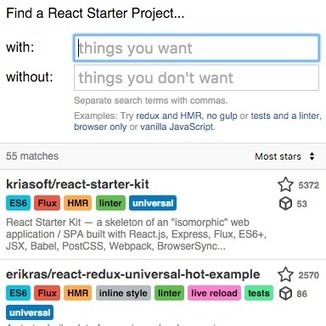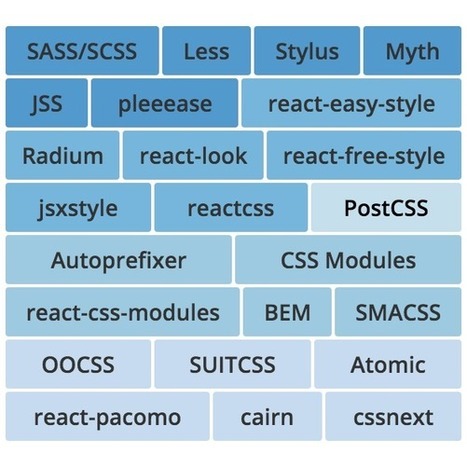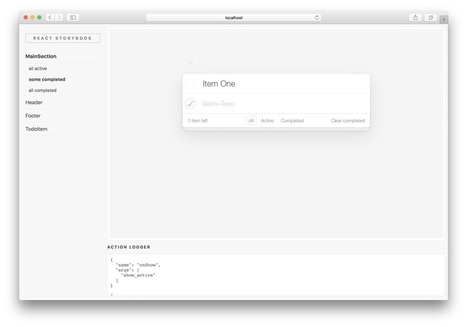Writing an API client in JavaScript is a lot of work, you have to write one for Node.js and one for the browser. I found out a way to have both on the same codebase with the same API, all that with only changes to the build scripts. It’s called isomorphic code, and doing it with modern TypeScript isn’t easy, but it’s achievable.
TypeScript brings lots of advantages to the JavaScript world with almost mandatory typings. But TypeScript code is transpiled, and to play well with other libraries that aren’t originally written in TypeScript needs manually written type definition and some hacks to play well with other external tools, like code coverage and test frameworks.




 Your new post is loading...
Your new post is loading...



























